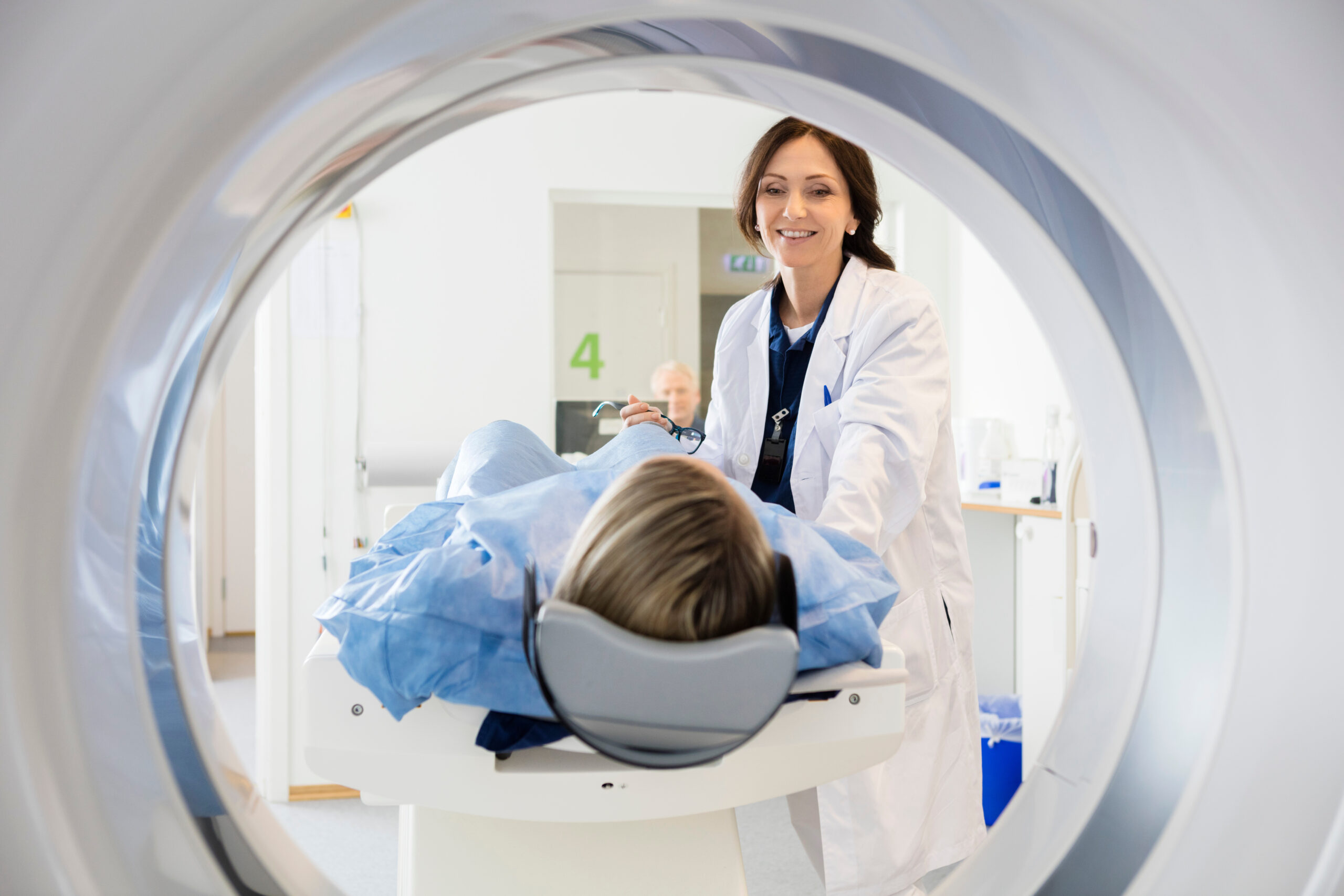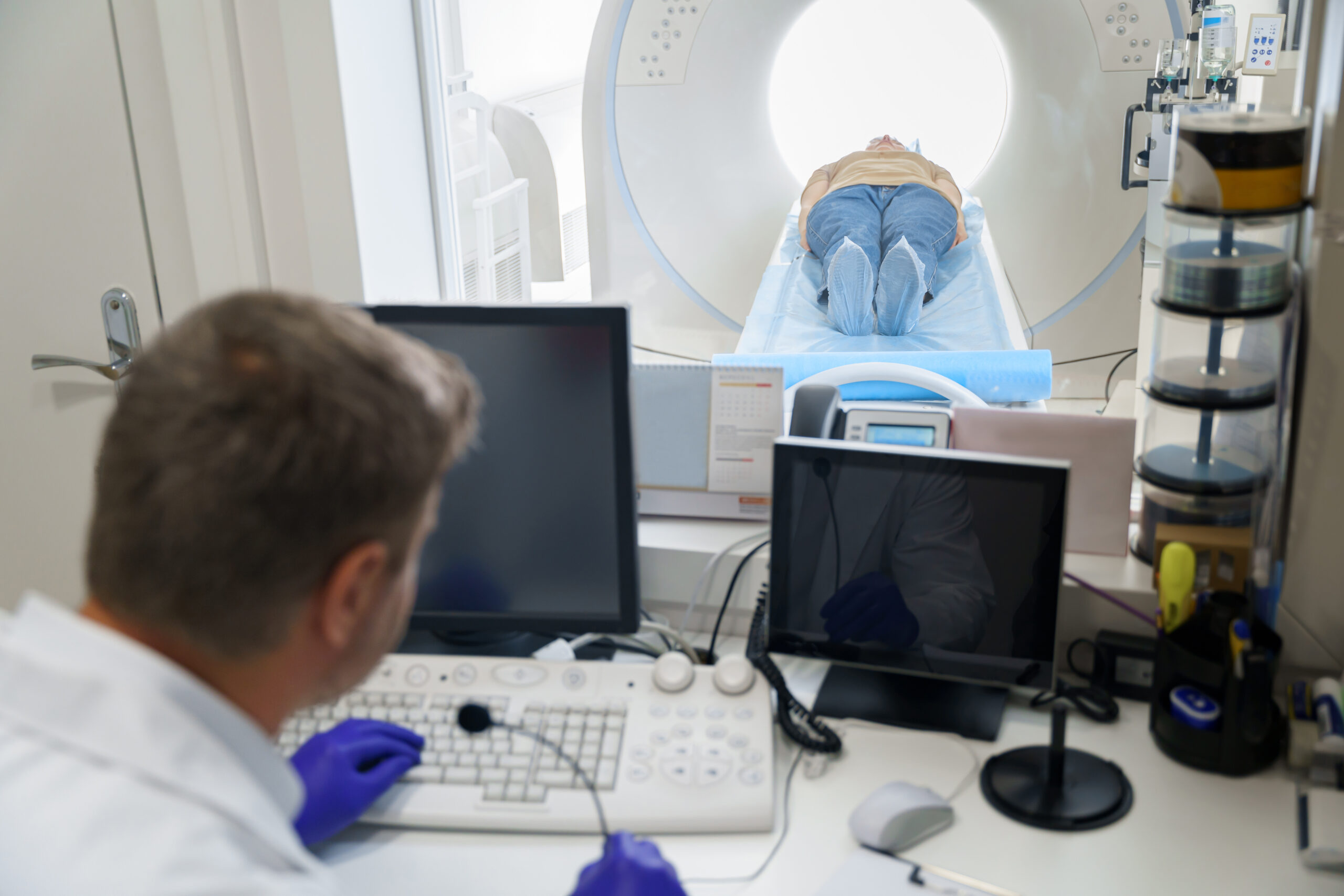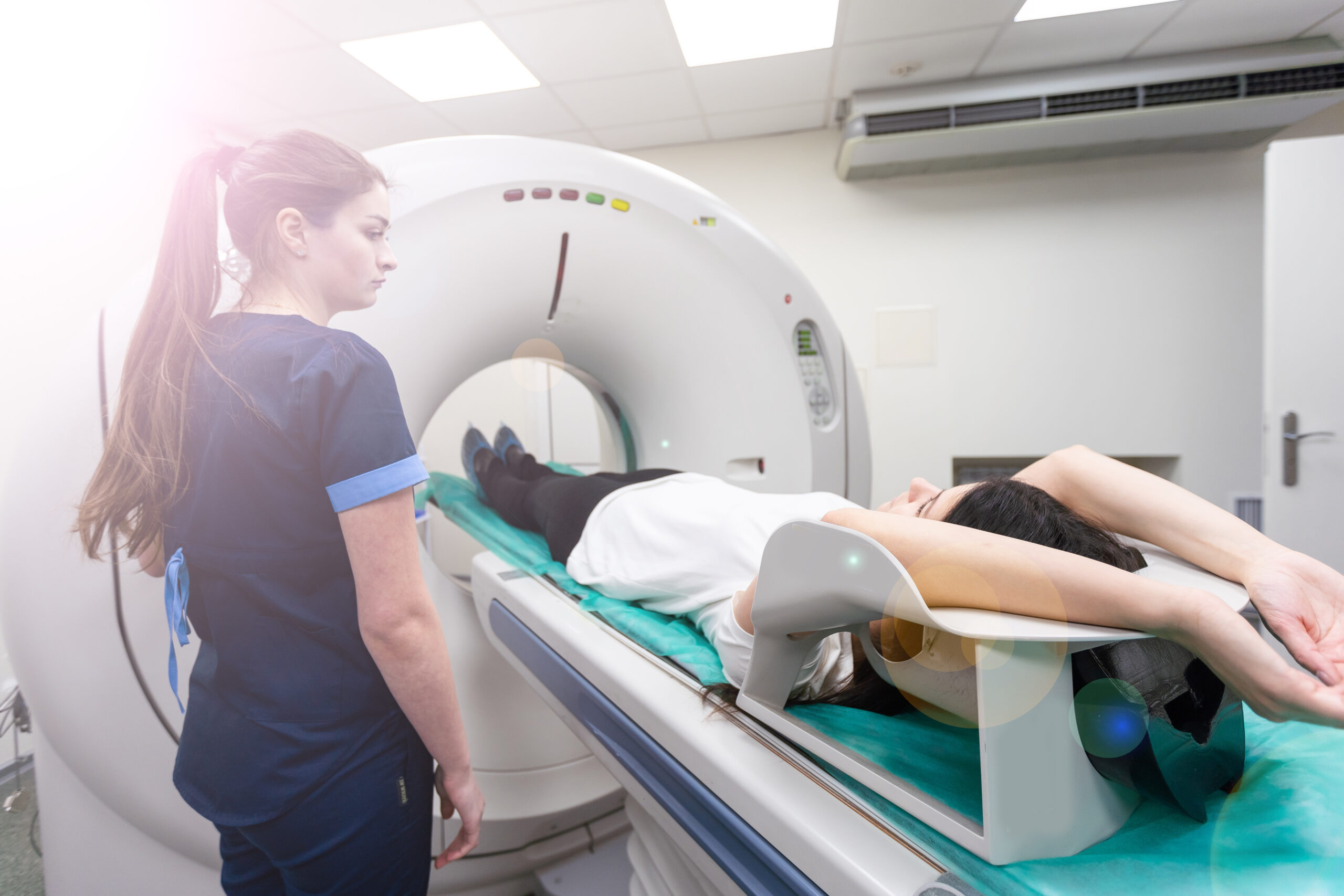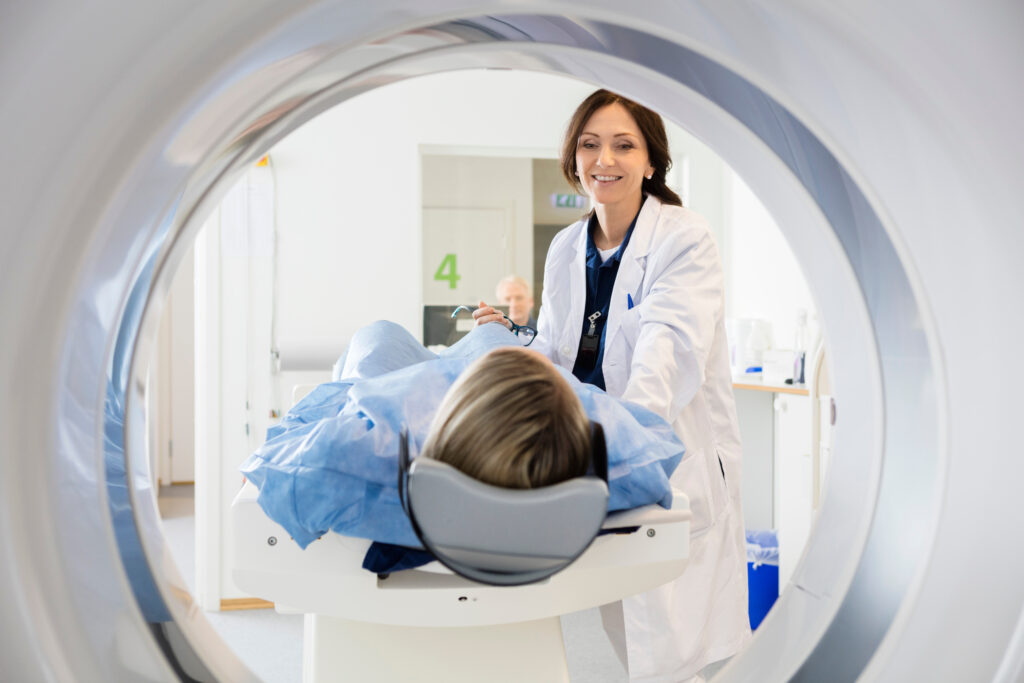
What is an MRI?
Magnetic Resonance Imaging (MRI) is a non-invasive diagnostic technique that uses strong magnetic fields and radio waves to produce detailed images of the body’s internal structures. Unlike X-rays or CT scans, MRI does not use ionizing radiation, making it a safer option for imaging soft tissues. The technology provides high-resolution images of organs, tissues, and bones, giving physicians a clearer picture of the body’s condition.
Common Conditions Diagnosed with MRI
MRIs are an essential tool in diagnosing a wide range of health conditions, including:
- Neurological Disorders
- MRI scans are used to detect brain tumors, multiple sclerosis (MS), stroke, and other neurological conditions by offering detailed brain images.
- Musculoskeletal Injuries
- For joint, muscle, and ligament injuries, MRI is highly effective in identifying torn ligaments, cartilage damage, herniated discs, and fractures.
- Cardiac Conditions
- MRI helps detect heart conditions such as cardiomyopathy, heart defects, and artery blockages without invasive procedures.
- Cancer Detection
- It is often used to locate and monitor tumors in organs like the liver, breasts, prostate, and pancreas.
- Spinal Disorders
- Spinal MRIs assist in diagnosing conditions such as spinal stenosis, herniated discs, and spinal cord injuries.
- Abdominal and Pelvic Conditions
- MRIs provide insights into issues with organs like the kidneys, liver, uterus, and ovaries, helping diagnose infections, cysts, and tumors.
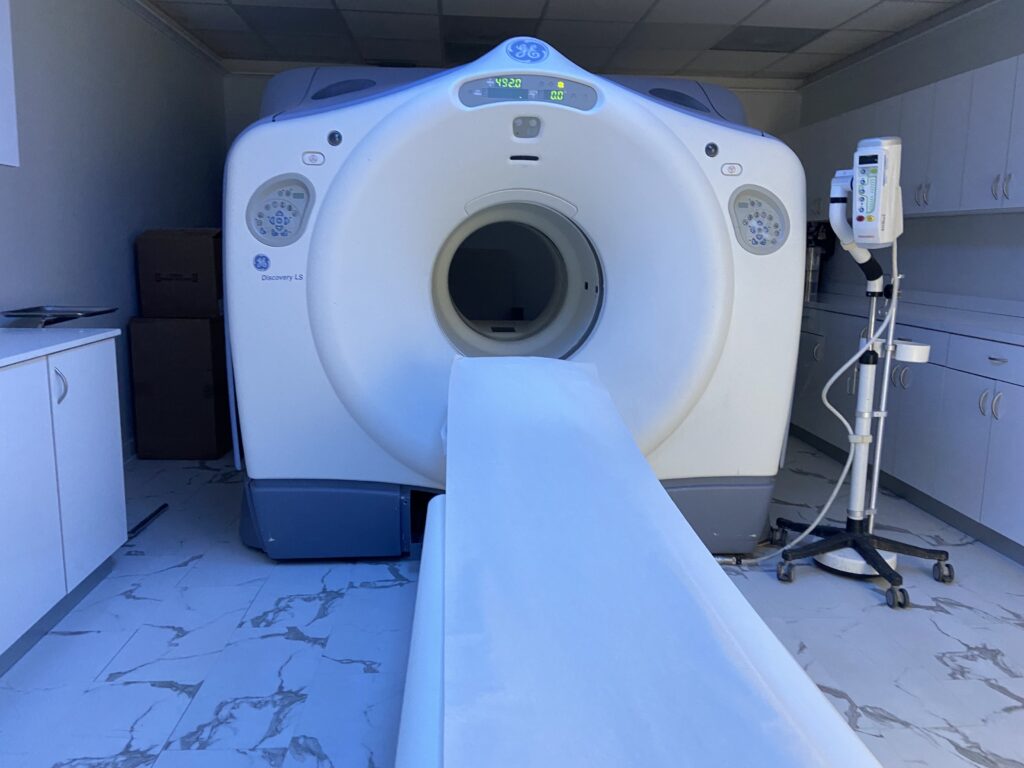
Preparing for an MRI
Preparing for an MRI scan is simple, but it’s important to follow these steps to ensure the best results:
- Remove Metal Objects:
- As MRIs use strong magnets, you will need to remove any metal jewelry, watches, or accessories before the scan.
- Inform Your Doctor of Implants:
- If you have metal implants, pacemakers, or other medical devices, notify the technician. Certain devices may interfere with the scan.
- Wear Comfortable Clothing:
- You may be asked to wear a hospital gown during the scan, so dressing comfortably is recommended.
- Fasting (if required):
- For some abdominal or pelvic scans, you might need to fast for a few hours before the procedure.
- Stay Relaxed:
- MRIs are painless, but you’ll need to lie still during the scan to get clear images. Many centers offer headphones and calming music to help you relax.
Conclusion
MRI scans play a critical role in diagnosing a wide range of conditions, from neurological disorders to musculoskeletal injuries and heart diseases. They provide doctors with detailed images that support early detection, accurate diagnosis, and precise treatment planning. With its non-invasive nature and versatility, MRI continues to be one of the most reliable tools in modern healthcare.
PET CT and MRI of Miami: Schedule Your Appointment Today
At PET CT and MRI of Miami, we are committed to providing high-quality diagnostic services with a focus on patient comfort. Our state-of-the-art MRI machines ensure accurate results, helping our physicians deliver the best possible care.
Ready to take charge of your health? Schedule your MRI appointment online today and experience the convenience and excellence PET CT and MRI of Miami has to offer.

